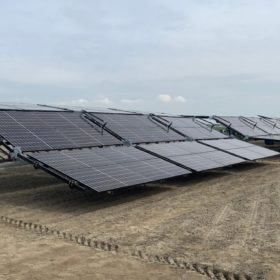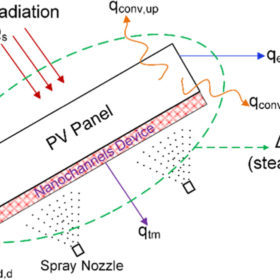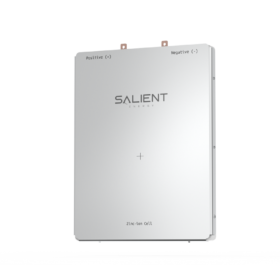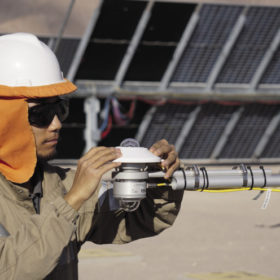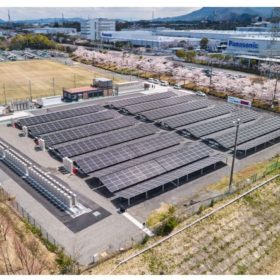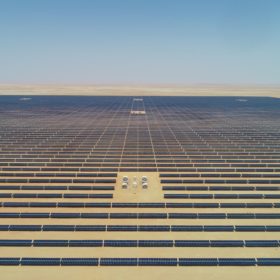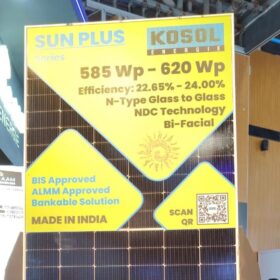Mobile agrivoltaic system from the Netherlands
Created by a Dutch group of companies and research institutions, the mobile solar system may also be combined with an electrolyzer for hydrogen generation. Two prototypes are currently being tested by a farmer and a research institute in the Netherlands.
Growatt unveils solar rechargeable portable power station
Chinese inverter maker Growatt has launched Infinity 1500, a portable power station for off-grid applications.
Polysilicon maker predicts 5-year shortage of solar raw material
TBEA-owned Xinte Energy says it cannot produce polysilicon quickly enough to meet demand and wants shareholders to back its bid to quadruple its manufacturing capacity by mid 2024.
India calls for credit guarantee fund to drive solar adoption in electricity-deprived regions globally
RK Singh, India’s power minister, and president of the International Solar Alliance (ISA) Assembly, called on nations to support solar investments in developing and under-developed regions, including Africa, through low-cost finance and credit guarantee fund.
New solar module cooling tech based on porous nanochannels
US scientists have utilized a nanochannels device to cool down the operating temperature of a commercial PV module and have found that the proposed technique is able to improve power yield by up to 32.8%. Spray droplets are dispersed over the nanochannels device in order to eliminate the need for a continuous supply of a coolant.
Zinc-ion battery for residential applications
Developed by Canadian start-up Salient Energy, the zinc-ion battery has a rated capacity of 60 Ah, a nominal voltage of 1.3 V, and a volumetric energy density of 100 Wh/L. The device measures 26cmx24cmx1.2cm and weighs in at 1.3 kg
The long read: Defining the performance of bifacial solar modules
or some developers of ground-mounted PV, bifacial modules are already the default technology. The slight cost increase is often outweighed by an increase in energy yield. And yet “agreeing” on the right energy yield of a PV plant has always been the most heated debate between developers, investors, lenders, and technical advisers. Everoze partner Christophe Campistron looks at both sides.
Natural hydrogen – how it works and why companies are interested
Natural hydrogen is piquing interest. Sometimes referred to as “gold” or “white” hydrogen, natural hydrogen plants offer smaller carbon footprints than sprawling green hydrogen projects, with faster development times, according to Avon McIntyre, executive director of HyTerra.
Irena fleshes out chilling effect of Covid on off-grid solar
The clean power numbers published annually by the International Renewable Energy Agency provide a snapshot of the global solar market and, this year, a lot of figures were unchanged from the previous dataset, especially in the off-grid segment.
Panasonic combines fuel cells, batteries, PV to power factory in Japan
Japan’s Panasonic claims its new pilot solar-plus-hydrogen facility marks the first attempt to create a factory powered by 100% renewables, via the full-scale use of hydrogen.
